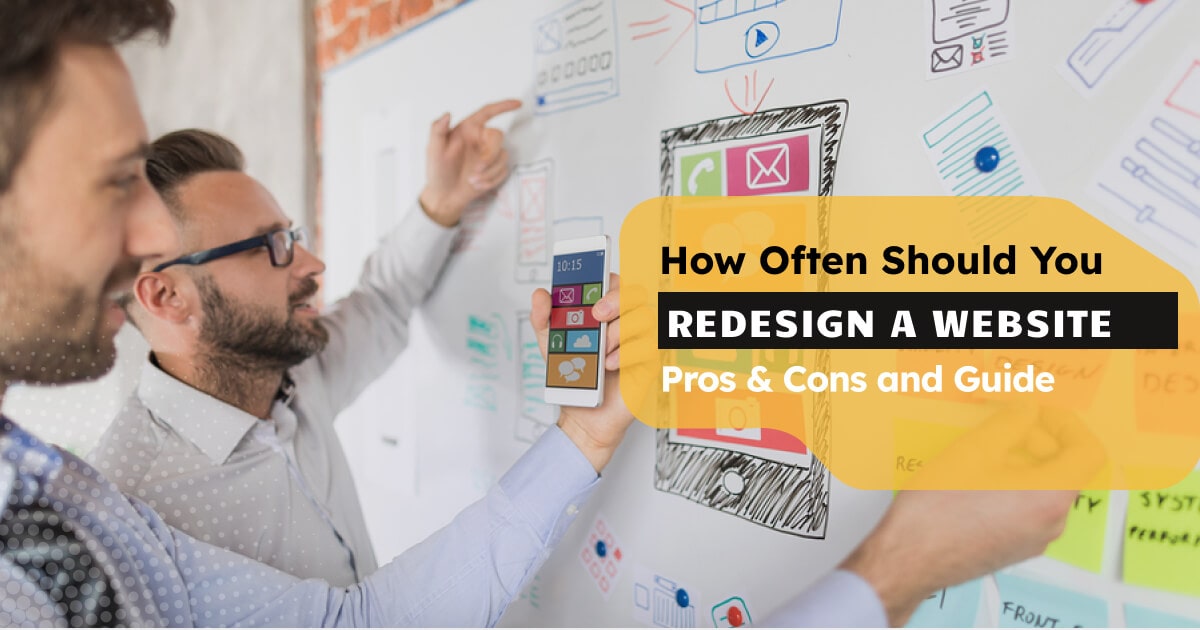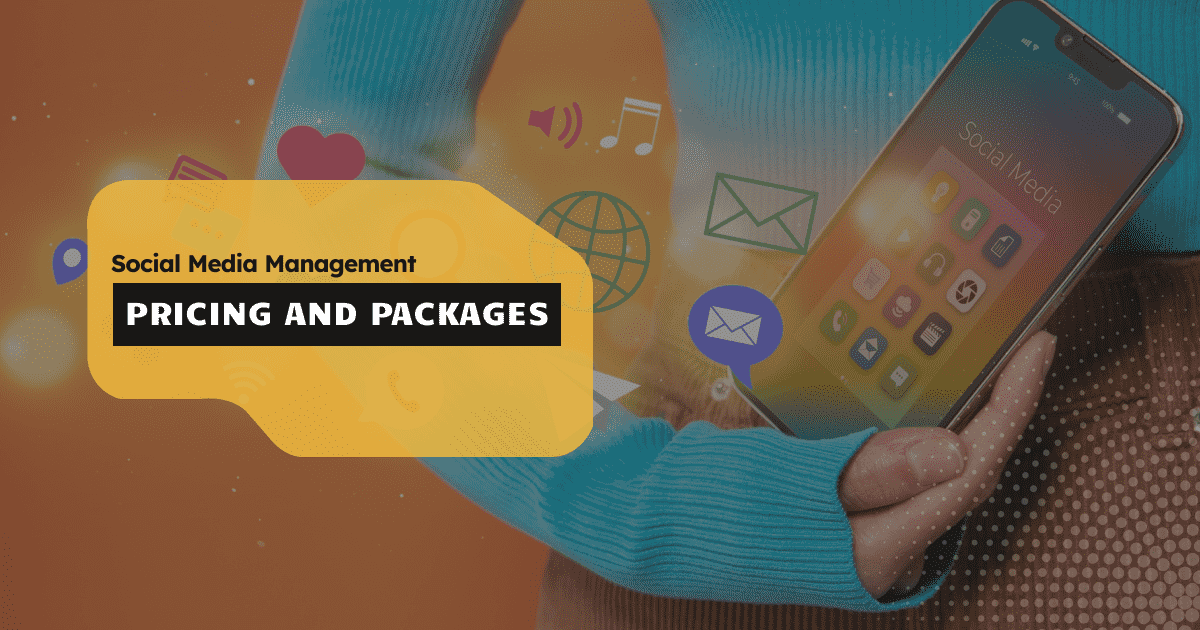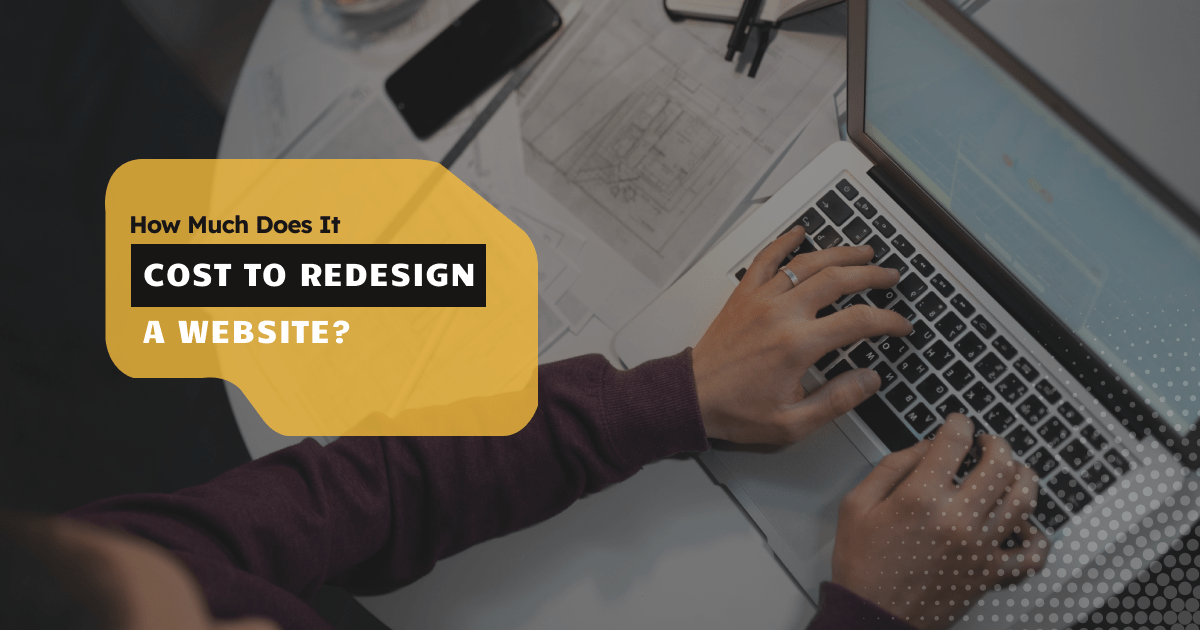There are several metrics where your website shows signs of failure. Sometimes, it can be low conversion rates, higher bounce rates, or simply an outdated website that bores the audience and sways them away. That’s when you have to start thinking about redesigning your website.
A website redesign can easily fix all these issues and make your website successful. You can elevate the website to a new look that attracts more visitors and convinces them enough to convert them as customers or clients.
But the real question is, how often should you redesign your website? Typically, you must opt for a website redesign every 2-3 years. Doing so ensures your business keeps up with the latest design trends and algorithms.
Here, we will explore all the nits and grits of redesigning a website. And if you are struggling to make that decision, you should stick to the end to clear out all confusion. Let’s dive in!
What is Website Redesign and Why Redesign a Website is Important
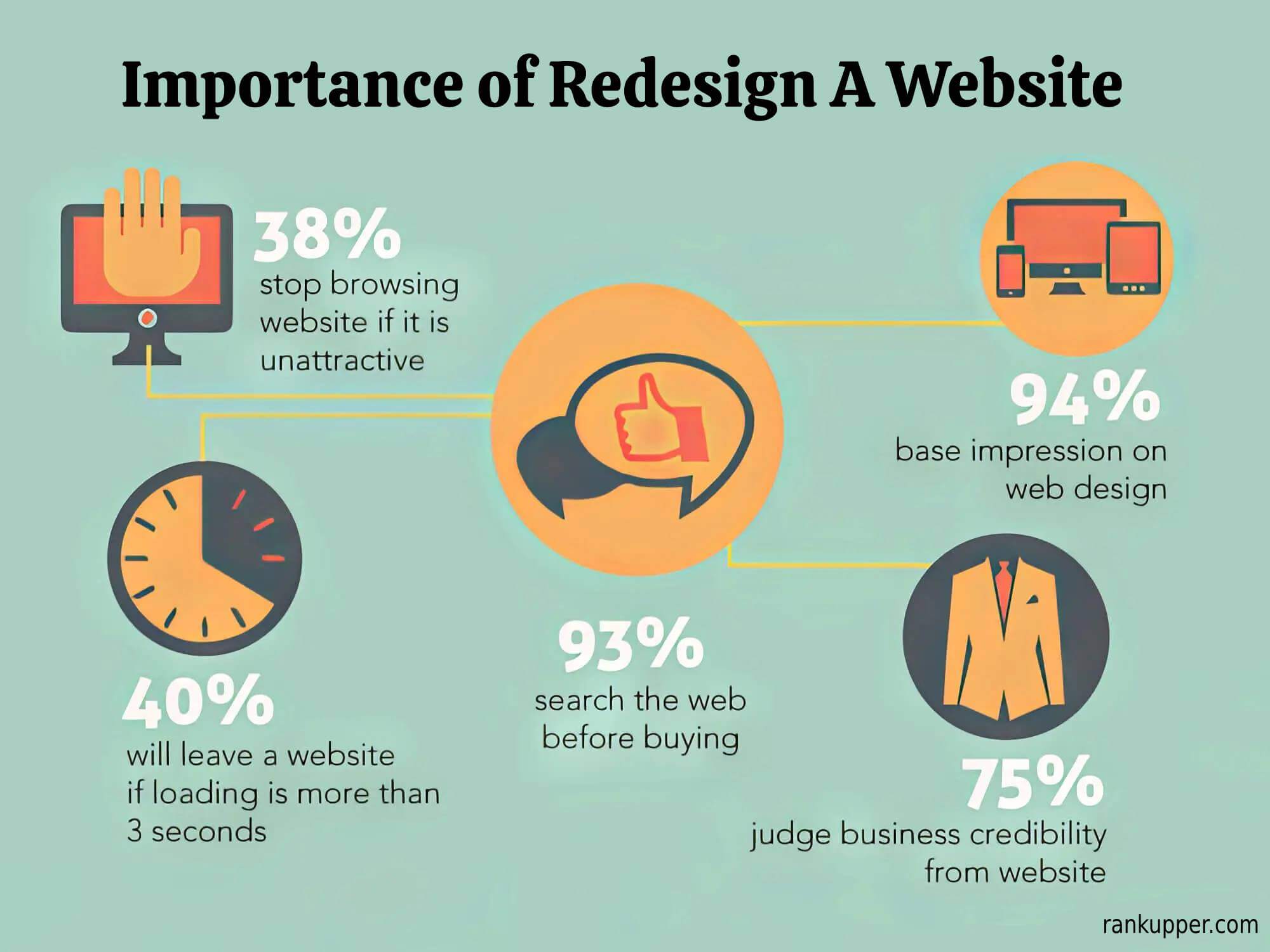
First, we should talk about website redesign and what it means for a business. Redesigning a website simply refers to updating or revamping the looks and functionality of the website.
The process can simply involve changing the design only. It can also be a combination of design changes, layout changes, content updates, and website user experience.
While the primary purpose of a redesign is to improve website performance and engagement, there are some additional reasons as well. For instance, redesigning a website can keep you competitive with other businesses in the same industry.
Along with that, redesigning a website helps you stay relevant and connect with the present audience more.
How Often Should You Redesign Your Website?
It’s difficult to determine the exact interval of redesigning a website. But for the most part, you should redesign your website every 2-3 years following the industry trends, technology evolution, and user preferences.
Also, search engines develop newer algorithms for ranking websites around this timeframe. Apart from that typical timeline, you can look for the following scenarios and opt to redesign your business website.
Regular Evaluation of Website
Continuously monitor your website’s performance, user feedback, and competitor sites. If there’s any decline in user engagement, the website has outdated design elements, or the site is falling behind in the competition. Then, you need to opt for a redesign right away.
Change Design After Every 2-3 Years
Most professional business websites opt for a major redesign every 2 to 3 years. This is the perfect timeframe to incorporate new technologies and design trends. It also ensures the website has fresh content relevant to the current times.
Keeping Industry Standards
Consider industry standards and practices to learn what the other businesses in your industry are doing. For instance, some industries, like technology and fashion, may require more frequent redesigns due to rapidly changing trends. These industries are dynamic and undergo many changes, so you must keep up with them to stay competitive.
When Website Redesign Is Important for Your Businesses?
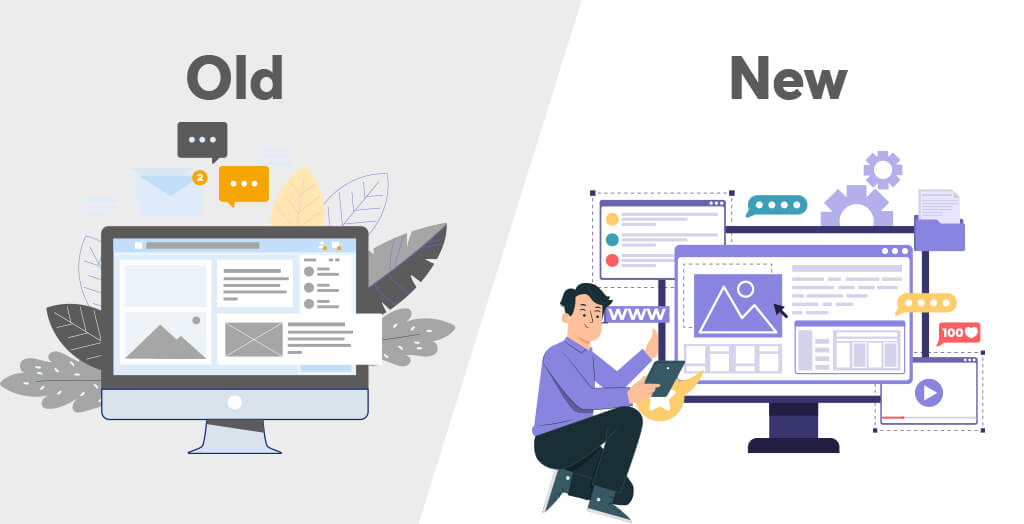
Sometimes, you can opt for a redesign just to make the website perform better. But other times, a redesign also becomes a necessity for your website. Every time the following scenarios happen with your website, redesigning the website becomes very important.
If there are changes in your business goals
Whenever your business undergoes a significant transformation, such as a shift in target audience, product/service offerings, or overall mission, it’s essential to update your website accordingly.
The website should reflect your offering and your goals to the audience. It should portray the new brand identity, messaging, and goals to maintain consistency across all channels.
If the website has an outdated design
An outdated design can never create excitement and intrigue amongst website users. Something modern and visually appealing is crucial to capture the attention of visitors. Once they become interested in how your website looks, they will choose to explore it more.
Lifting up the looks of the website is almost like redecorating your house, which can create better first impressions and portray a convincing outlook.
If there is any need for improved user experience
It’s important to provide a satisfying user experience on your website as it can help you retain visitors and convert them into customers. If you do not retain any visitors or get the desired conversion rate, it’s time to improve the user experience.
Conducting user testing and analyzing analytics can help identify pain points in your current website’s UX. A redesign can then address these issues to improve the navigation of the user interface and optimize the overall flow of the website
If your competitor’s website is much better than yours
In a competitive market, having a worse website than your competition can disadvantage your business. After assessing your competitor’s websites, redesigning is a perfect solution if you think they provide a better website experience and outlook with more functionality.
Redesigning your website is the only way to stay in the competition. This may involve incorporating new features, updating content, and ensuring your website stands out in design and functionality. The goal is not to be equal with your competition. It’s to surpass them.
If the website’s current version is not mobile-friendly
Having a mobile-friendly website is crucial because more users in modern times access the internet through mobile devices. Without a mobile-friendly website, you leave a major percentage of visitors who could have potentially converted to a customer or client.
A redesign should focus on responsive website design, ensuring your website looks and functions well on various devices. This improves the overall user experience and positively impacts search engine rankings, as search engines prioritize mobile-friendly sites.
If the website is getting views but not converting sales
Converting the visitors into customers is what defines the success of your website. You can’t convert visitors into customers without a proper layout, user-friendly structure, convincing call-to-action buttons, or the right message.
Redesigning the website in such a way that it can meet the requirements of the users. Analyzing user behavior, identifying points of friction, and implementing changes to encourage desired actions can result in higher conversion rates.
If the website has not ranked well in search engines for a long time
It’s very crucial that your website ranks well in the search engines. Otherwise, it can definitely hurt your online visibility and presence. If your website isn’t ranking on the search engine results, then it’s pointless to keep working on the website.
A website redesign focusing on search engine optimization (SEO) can help improve your site’s visibility in search engine results. It includes optimizing content, improving site structure, fixing broken links, and addressing other technical SEO issues.
If your website is difficult to navigate or use.
No user will return to a website where they face many difficulties while navigating it. People use websites to find specific information, and when they don’t get what they want, they stop returning. As a result, you end up with low visitor retention.
Redesigning a website can simplify navigation, making it intuitive and user-friendly. Organize content logically, implement clear menu structures, and provide prominent calls-to-action to guide visitors through their journey on the site.
If the website loading speed does not increase after optimization
Slow-loading websites frustrate users and can lead to higher bounce rates. If a visitor comes to your website and has to deal with a slow-running website, they will most likely avoid it next time.
In such cases, you can opt for a redesign that involves optimizing images, leveraging browser caching, and addressing server-related issues to improve loading times. A fast and efficient user experience to keep visitors engaged.
If your website design is copied by spammer or any security concerns
Redesigning a website isn’t just about uplifting the looks. It’s also concerned with adding functionalities and updates that ensure better performance on the website.
If your website is at risk due to security concerns, a redesign can help you implement robust security measures. Things like updating software, using secure hosting, and regularly monitoring and addressing potential vulnerabilities.
10 Benefits of Website Redesign
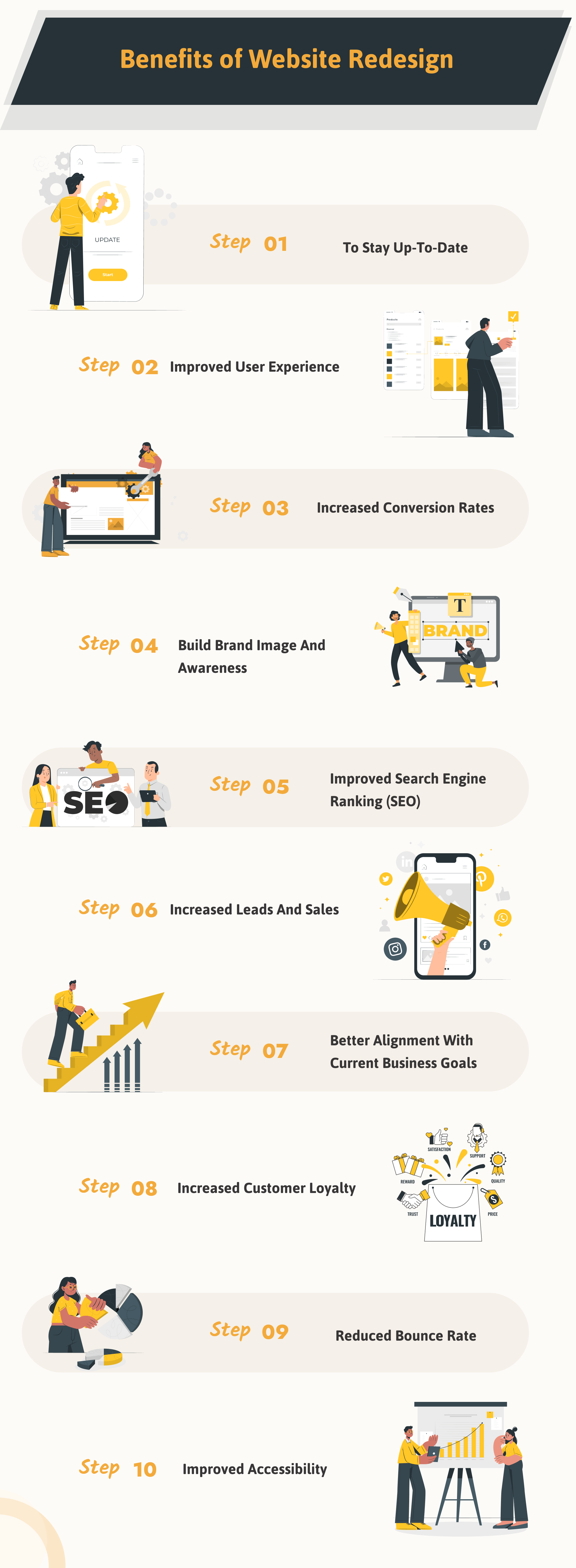
When it’s about redesigning a website, there are plenty of benefits if you struggle with its performance. Redesigns can add a lot of value and impact on the website in the form of some crucial benefits. These benefits can take your website to the next level.
Here’s a quick rundown of the benefits of redesigning a website:
1. To stay up-to-date with the latest web trends and technologies
Website technologies constantly evolve, and not taking advantage of those benefits makes you fall behind. With redesigns and updates, you can implement the newer technologies in your website and leverage game-changing benefits. For instance, AI is an impeccable technology to integrate into a website.
2. Improved user experience
A better user experience can always end up satisfying website visitors. Users always like to have straightforward and user-friendly navigation. It makes them find their necessary information much more quickly. Another great way to improve user experience is by adding responsiveness to the design. It ensures mobile users get the best possible experience from the website.
3. Increased conversion rates
Redesigns can always result in better performance for your website. One of the most impactful ones can be higher conversion rates on the website. If the redesign can improve the website user experience, it can increase engagement, which convinces visitors to convert into customers.
4. Build brand image and awareness
Building on a brand image and awareness comes down to brand consistency and storytelling. A newer redesign involving a consistent color palette throughout the website can create that consistency and identity of the brand. And adding some visuals that tell your brand’s story can create brand awareness in customers’ minds.
5. Improved search engine ranking (SEO)
By redesigning a website, ranking the website higher on the search engine results is much easier. Google, or any other search engine, ranks the most updated websites higher so users get the most recent information. Following the most updated SEO tactics and including them in the website redesign strategy can put your website in higher ranks on SERP.
6. Increased leads and sales
Designing with the goal of maximizing lead generation and sales is not just about aesthetics; it’s about creating a journey that leads to conversion. Creating dedicated landing pages with compelling offers in the redesign process helps the website to guide visitors towards a conversion path. This results in an increased number of leads and sales for the business.
7. Better alignment with current business goals
As the business grows, your business goals also start taking new shapes. You can develop designs and strategies that align with your new business goals and objectives with a proper website redesign plan. When you can portray your business goals to the visitors, they can connect with them even better.
8.Increased customer loyalty
If you can ensure a satisfying user experience and provide the users with the information they need, they will become loyal to you. Customers want to return where their needs are met easily without going through a troublesome process. A redesign with improved user experience can result in increased customer loyalty.
9. Reduced bounce rate
A high bounce rate indicates a disconnect between user expectations and the website’s offers. You can address issues leading to a high bounce rate through strategic redesign. Whether improving page load times or refining content to align with user intent, executing the redesign well can significantly reduce bounce rates and retain visitors.
10. Improved accessibility
Including people with diverse abilities in using your website can be a great way to show that you want everyone to be a part of your journey. So, redesigning can allow you to integrate features like alt text for images or keyboard navigation to help disabled people use your website. It increases accessibility, which also helps in an increased number of visitors, giving you the chance to have higher conversion rates.
FAQ’s about Website Redesign
If you are still struggling with some factors, we have some frequent questions regarding redesigning a website. Check out these answers to meet your curiosity about redesigning a website.
What is the purpose of website redesign?
Website redesign aims to improve and update a website’s overall look, functionality, and user experience. It helps make a website more engaging and fix issues that can hamper the performance of the website.
How does redesigning an existing e-commerce website enhance business?
Redesigning an existing e-commerce website can enhance business by improving navigation and user-friendliness. It ensures that customers are finding their desired products without too much hassle. And due to this, the business will also have a higher customer retention rate. A well-designed and user-friendly e-commerce site can increase customer satisfaction, boost conversion rates, and ultimately lead to higher sales and revenue.
Does google like it when you redesign a website?
If the changes are aligned well based on the Google algorithms, then Google will like when you redesign the website. But if the changes aren’t following the Google guidelines and algorithms, then it may place your website lower in the search results.
Does website redesign affect my SEO?
It depends on the changes you have made to your website. If the website redesign involves changes like URL structure, broken links, content changes, or any other negative change, it can affect the SEO ranking. When Google sees low SEO scores on the website, they will lower your search rank in their results.
When is it time to redesign your website?
It’s time to redesign your website when there are significant changes in your business goals, your current website is outdated or not user-friendly, your competitors have a superior online presence, or you’re experiencing issues such as low conversion rates or poor search engine rankings.
How much does it cost to redesign a website?
Depending on the service you are taking and the complexity of the project, the cost can vary a lot. Website redesign costs generally range from $1000 for very simple changes to $50,000 for more complex and effective changes.
How long does it take to redesign a website?
Redesigning a website usually doesn’t take up much time. It can be done within a week or two. But if you are working on major changes and completely revamping a website, it can take up to 2 months with all the user testing and feedback integration.
Conclusion
In conclusion, figuring out how often should you redesign your website is the key to keeping your business growing at a steady speed. If you can find the perfect website redesign interval for your business, you can achieve great success with your business website.
Website redesign is always a strategic change rather than an appearance change. A simple redesign can easily impact a website’s performance and bring your desired success.

